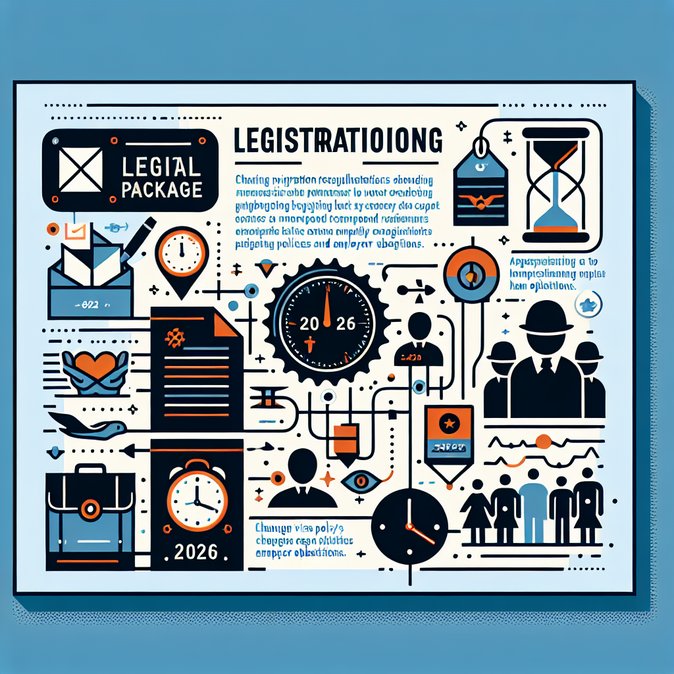
Only eleven months after replacing the Temporary Skill Shortage (TSS) visa with the three-stream Subclass 482 Skills-in-Demand (SID) visa, the Albanese Government has released its first set of ‘tidy-up’ regulations. The Migration Amendment (Skilled Visa Reform Technical Measures) Regulations 2025, registered on 17 November and due to commence on 29 November, patch multiple gaps that became apparent during the roll-out of the SID visa.
The instrument extends the Minister’s cancellation power under s116(1)(g) of the Migration Act to the new visa, allowing authorities to revoke a SID visa if an employer breaches sponsorship obligations such as under-payment, unsafe conditions or sham contracting. It also updates key definitions so that SID visa holders sponsored under Designated Area Migration Agreements (DAMAs) are captured as “primary” or “secondary” sponsored persons, ensuring labour-agreement workers are no longer in a legal grey zone.
![Canberra fine-tunes new Skills-in-Demand visa with technical amendment package]()
Equally significant are new provisions that spell out exactly when an employer’s obligations cease—clarifying, for example, that obligations continue until all family members have left Australia or have secured another lawful status. These clarifications close loopholes that previously made it difficult to enforce back-payments or repatriation costs where dependants remained in Australia after the primary visa holder changed status.
For employers, the changes mean compliance teams must update internal checklists before the 29 November start-date. Sponsorship agreements, payroll systems and HR manuals should reflect the longer ‘tail’ on employer obligations, and businesses with existing SID holders will need to brief line managers on the expanded cancellation risk. Migration advisers say sponsors who inherited staff from legacy TSS visas should audit contracts now, because the same cancellation trigger will apply once workers transition to SID visas.
For talent teams, the message is that the SID framework is settling—not shifting. Companies that have been holding back on offshore recruitment because the rules still looked ‘provisional’ can move ahead with greater confidence, provided they factor higher enforcement penalties and tighter monitoring into cost models.
The instrument extends the Minister’s cancellation power under s116(1)(g) of the Migration Act to the new visa, allowing authorities to revoke a SID visa if an employer breaches sponsorship obligations such as under-payment, unsafe conditions or sham contracting. It also updates key definitions so that SID visa holders sponsored under Designated Area Migration Agreements (DAMAs) are captured as “primary” or “secondary” sponsored persons, ensuring labour-agreement workers are no longer in a legal grey zone.

Equally significant are new provisions that spell out exactly when an employer’s obligations cease—clarifying, for example, that obligations continue until all family members have left Australia or have secured another lawful status. These clarifications close loopholes that previously made it difficult to enforce back-payments or repatriation costs where dependants remained in Australia after the primary visa holder changed status.
For employers, the changes mean compliance teams must update internal checklists before the 29 November start-date. Sponsorship agreements, payroll systems and HR manuals should reflect the longer ‘tail’ on employer obligations, and businesses with existing SID holders will need to brief line managers on the expanded cancellation risk. Migration advisers say sponsors who inherited staff from legacy TSS visas should audit contracts now, because the same cancellation trigger will apply once workers transition to SID visas.
For talent teams, the message is that the SID framework is settling—not shifting. Companies that have been holding back on offshore recruitment because the rules still looked ‘provisional’ can move ahead with greater confidence, provided they factor higher enforcement penalties and tighter monitoring into cost models.








